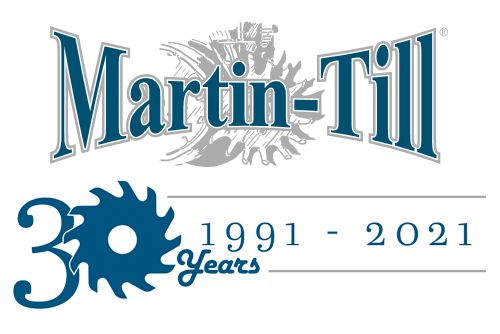No-till has proven to be beneficial for farmers in Western Asia. Many are using the practice to reduce erosion, increase yields, improve soil health and preserve moisture.
In Turkey, 76% of the 35 million farmed acres have severe, very severe or medium class erosion. The ground farmed with extensive tillage is much more vulnerable to reduced soil productivity due to soil and water erosion, frequent tillage, intensive crop production and residue removal. All these concerns are eliminated with no-till.
Farmers in Turkey normally burn wheat stubble for easier seeding of the following crop or on ground that is summerfallowed. Both minimum tillage and no-tillage, which retain crop residue, play a critical role in water conservation, preventing soil loss, increasing yields and sustaining long-term crop production.
When wheat stubble is left on the soil surface in a wheat and fallow rotation, there’s 36% less water runoff, 29% less soil loss and 23% higher wheat yield than when the residue is burned, according to Muzaffer Avci with the Central Research Institute for Field Crops in Ankara, Turkey. Avci believes no-till and other reduced tillage systems are a prerequisite for sustainable agriculture, and efforts to adopt these systems should be intensified in Turkey.
Iranian farms also profit from forgoing burning of stubble. In the province of Golestan, which is in the northern part of Iran, wheat and barley are grown on more than 740,000 acres. After harvest, farmers typically burn the stubble prior to conventionally tilling the ground before planting a second crop such as soybeans, corn or grain sorghum. These practices cause soil disturbance, compaction and soil deterioration. Conventional tillage has led to a sharp decline in crop yields and profitability for farmers in Iran.
In the past, nearly 300,000 acres of wheat and barley stubble in this area were burned each year. Mohammad Esmaeil Asadi, who lives in the Golestan Province, says thanks to no-till, only 12,000 acres were burned in 2016. He says not burning crop stubble has led to healthier soils and higher yields.
Switching to no-till has also improved soil health in Saudi Arabia. Michael Dunn, who’s from the United Kingdom, started no-tilling in Saudi Arabia in 2000 with a modified drill in the corner of a large center-pivot irrigated field. He and the other farmers subsoiled the area before direct drilling, and their yields were consistent with conventional tillage.
Dunn says no-till helped these soils retain their stability and minimized soil cultivation. This allows plants to root more effectively, reduces soil runoff and effectively utilizes plant residue. It also dramatically reduces the need for water under desert conditions.
Related Content:
Worldwide No-Till Acres Increase 93% in 10 Years: A recent study finds 507.6 million no-till acres exist worldwide, a massive increase since 2008-09.
Soaring Asian Population Demands More No-Till: No-till in Asia’s breadbasket will have significant implications for more ecologically-friendly, higher-producing and cost-effective agriculture among Asian farmers.
Cover Crop Use Spreading Across the Globe: Cover crops are seeing popularity increase overseas, from Europe to Asia to Australia to New Zealand, as farmers look for many of the same benefits on their own farms.
The No-Till Passport series is brought to you by Martin Industries.
Since 1991, Martin Industries has designed, manufactured and sold leading agriculture equipment across the U.S. and Canada. Known for Martin-Till planter attachments, the company has expanded to include a five-step planting system, closing wheel systems, twisted drag chains, fertilizer openers and more in their lineup. Their durable and reliable planter attachments are making it possible for more and more farmers to plant into higher levels of residue.









Post a comment
Report Abusive Comment